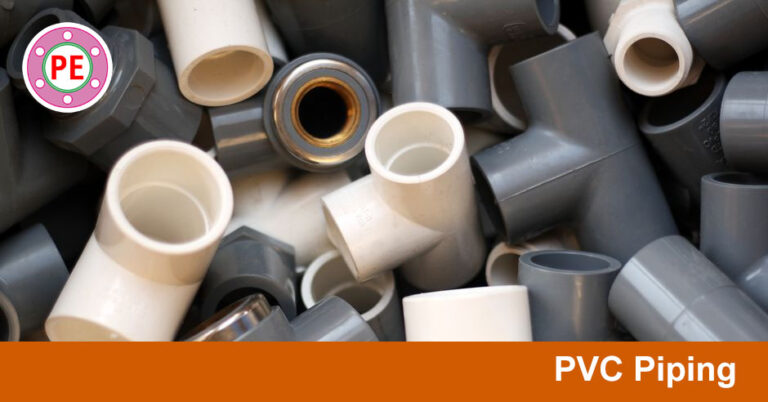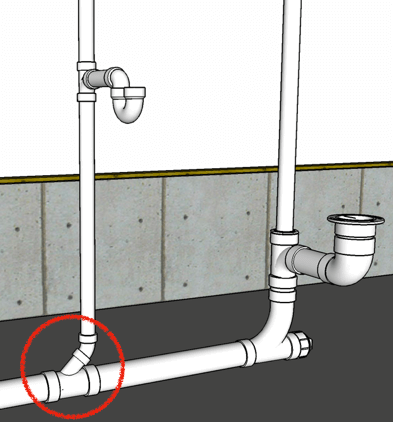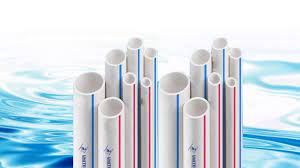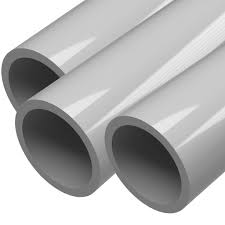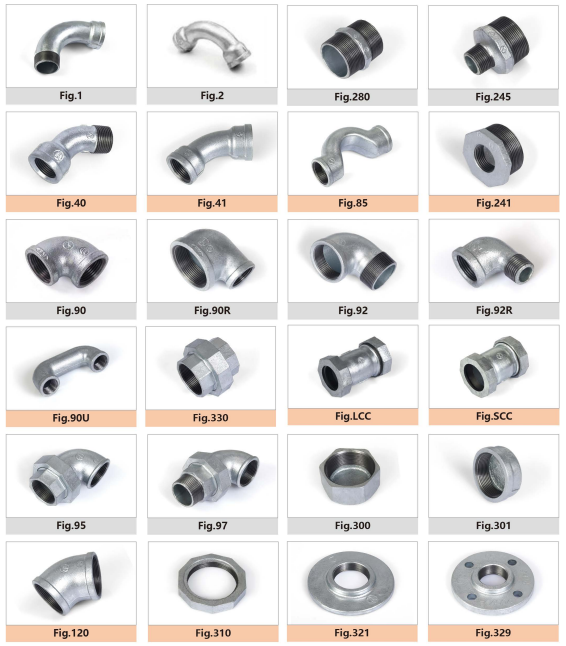Is PVC Flammable?
Polyvinyl chloride (PVC) is one of the most widely used plastics in the world. It is lightweight, durable, and relatively inexpensive, making it an ideal material for a variety of applications. However, one of the questions that often gets asked is whether or not PVC is flammable. The answer is that PVC is not highly flammable, but it can be ignited and burned under certain conditions. It does not burn as readily as other plastics, but can still pose a fire hazard if not handled properly.
What is PVC?
Polyvinyl Chloride, commonly known as PVC, is a type of thermoplastic polymer resin that is widely used in a variety of construction and manufacturing applications. PVC is an inexpensive, durable, and versatile material that is resistant to corrosion, weathering, and impact damage. It is easy to shape and mold, making it ideal for use in piping, window frames, and other structures. However, a common question is whether PVC is flammable.
The short answer is: not very. PVC is naturally flame retardant, and it is difficult to ignite. To ignite, it must be heated to temperatures of over 500°F (260°C). PVC contains chlorine, which helps to reduce its flammability. When PVC does burn, it produces dense, white smoke and toxic fumes, including hydrochloric acid and dioxin. When exposed to intense heat, PVC can melt and drip, which poses a risk of fire. For this reason, it is important to ensure that PVC is not exposed to extreme temperatures.
Why is PVC Flammable?
PVC, or polyvinyl chloride, is a common material used in a variety of applications, from toys to building materials. It is also flammable, which can be concerning to many consumers. It is important to understand why PVC is flammable, so that appropriate safety measures can be taken.
PVC is composed of hydrogen, carbon, and chlorine molecules, and is treated with stabilizers and plasticizers such as lead and cadmium to make it durable and flexible. These additives can make it more susceptible to burning, as they can act as fuel for a fire. In addition, PVC produces a large amount of smoke and toxic gases when burning, which can be hazardous to health.
The flammability of PVC can be reduced by using flame retardants in the material, or by using specialized coatings. It is important to remember that even with these measures, PVC is still flammable and must be handled with care. For instance, PVC should not be exposed to open flames or high temperatures, as this can increase the risk of fire. It is also important to ensure that all PVC products are properly installed and maintained to reduce the risk of fire.
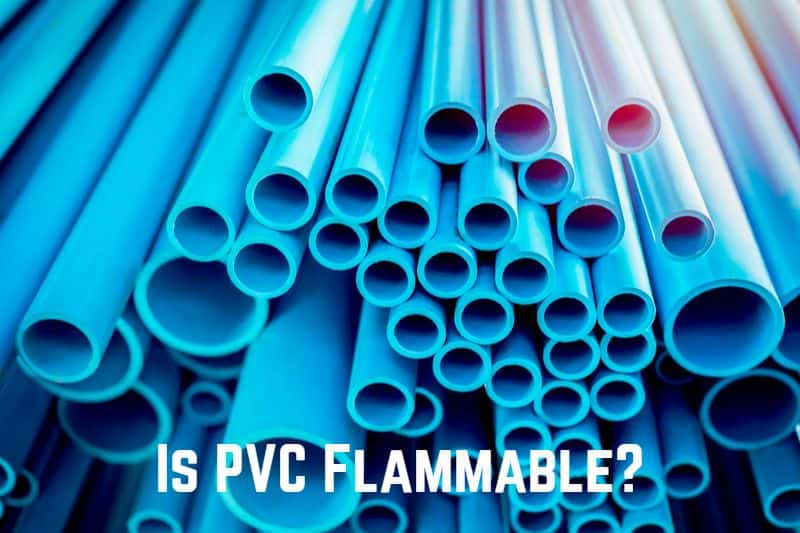
Potential Risk Factors of PVC Flammability
Polyvinyl Chloride (PVC) is a widely used plastic material that is found in many everyday items. It is known for its durability and flexibility, but one important factor to consider is whether it is flammable or not. With an understanding of the potential risk factors of PVC flammability, you can make an informed decision about whether it is safe to use in various applications.
The flammability of PVC depends on several factors, including its composition, thickness, and additives. For example, PVC with a low chlorine content and a higher amount of plasticizers is more flammable than PVC with a higher chlorine content. Additionally, thin PVC films are more flammable than thicker ones. The presence of additives, such as flame retardants, can also affect PVC’s flammability.
In addition to composition, the temperature of the environment can also affect PVC flammability. PVC can self-ignite at temperatures above 220°C and will emit toxic gases when burned. Therefore, it is important to ensure that the temperature of the surrounding environment is controlled, especially if you are using PVC in a confined space.
Overall, PVC is generally considered to be a flammable material, but the risk of combustion can be reduced with the right precautions. By understanding the potential risk factors of PVC flammability, you can ensure that you use it safely and effectively in your applications.
How to Reduce Flammability of PVC
PVC (polyvinyl chloride) is a popular material used in many industries due to its durability, affordability, and versatility. However, one of its drawbacks is that it is classified as a flammable material. This means that it has the potential to ignite and become a fire hazard. Fortunately, there are measures that can be taken to reduce the flammability of PVC.
One way to reduce the flammability of PVC is to coat it with a flame retardant. This is a chemical that is applied to the material that helps to slow down the spread of fire. The flame retardant also helps to reduce the amount of smoke and toxic fumes released when the material is burning. Another option is to treat the material with a flame-resistant additive. This is a chemical that is added to the material during the manufacturing process to make it less flammable.
Another option is to use fire-resistant PVC. This type of PVC is treated with a special flame retardant that is designed to reduce the flammability of the material. This type of PVC is often used in applications where fire safety is a priority. Finally, you can also use a thermal insulation material such as fiberglass or rockwool to reduce the flammability of PVC. This insulation material helps to reduce the amount of heat that is transferred to the PVC when it is exposed to high temperatures.
By taking these steps, you can reduce the flammability of PVC and help to ensure that it is used safely in a variety of applications.
FAQs About the Is PVC Flammable?
1. Is PVC flammable?
A: PVC is not flammable, but it can be combustible under certain conditions. When exposed to high temperatures and/or open flames, PVC can burn, releasing toxic fumes.
2. Is PVC safe for use around heat sources?
A: PVC should not be used around open flames, as it can combust when exposed to high temperatures. If using PVC in an area with heat sources, it is important to take precautions to ensure the material is not exposed to the heat source.
3. Can PVC be used in applications with high temperatures?
A: PVC can be used in applications with high temperatures, but it is important to ensure the material is not directly exposed to the heat source. Additionally, PVC should not be used in open flame environments.
Conclusion
PVC is a combustible material, meaning that it is flammable in the presence of oxygen and a heat source. However, it does not burn easily and requires a high temperature to ignite, making it less flammable than other materials such as wood. It is important to ensure that PVC materials are stored away from any potential sources of ignition and that adequate fire safety measures are in place.


